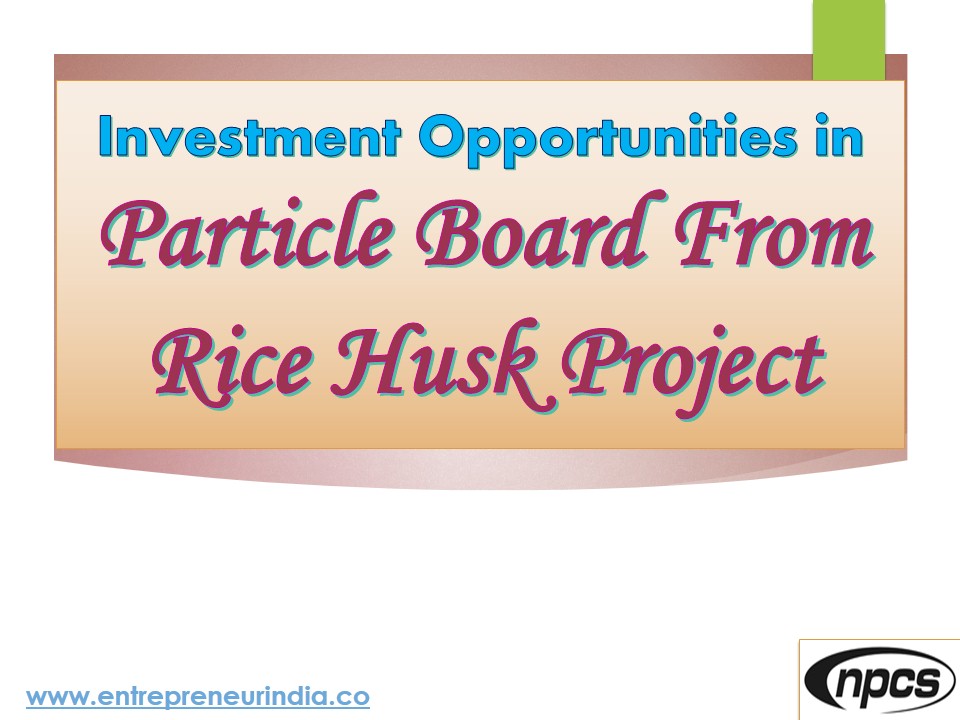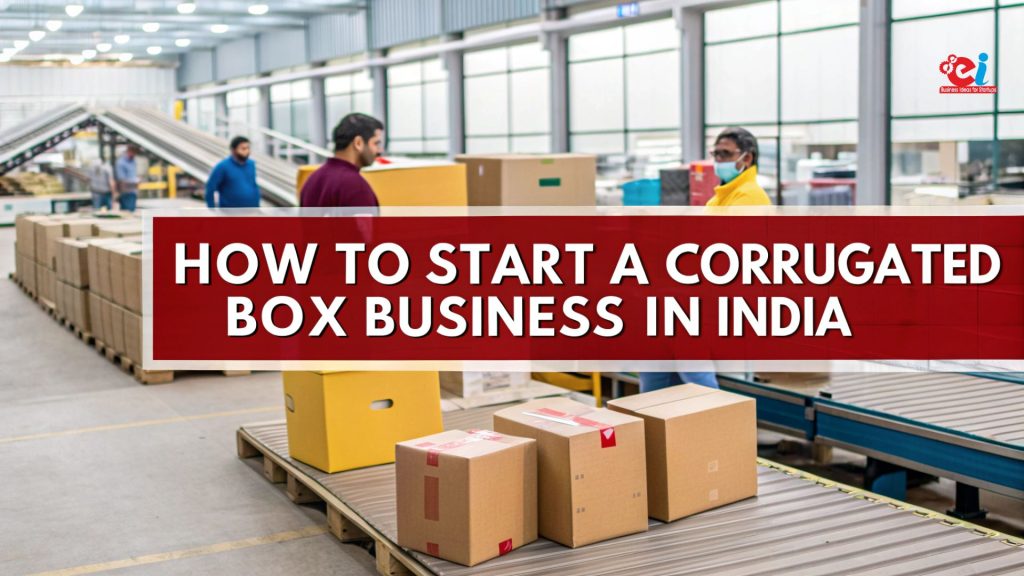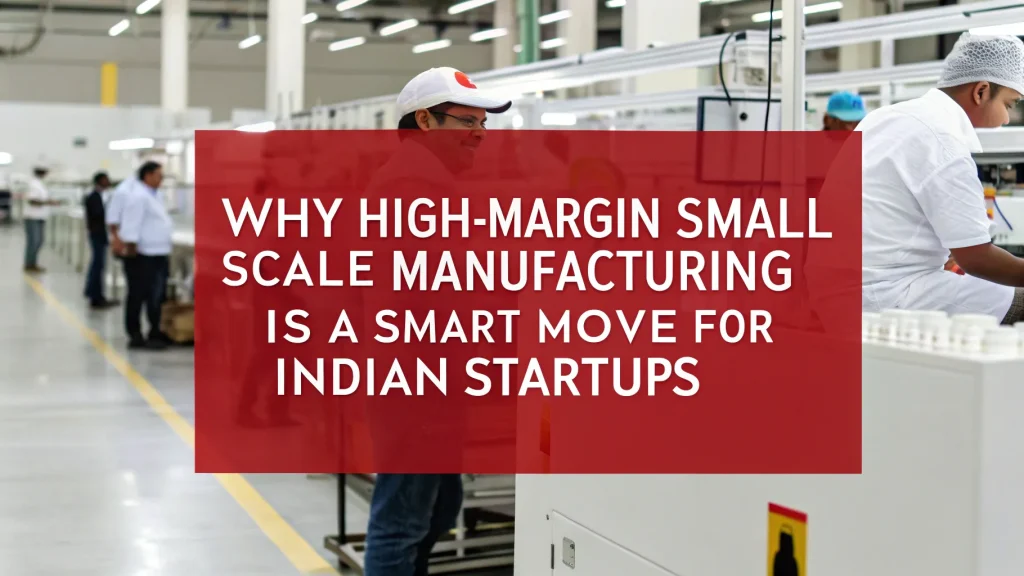
Sustainability and eco-friendly innovations are rapidly gaining momentum in India’s industrial landscape. As a result, the demand for alternatives to conventional wood-based materials continues to rise. Among these alternatives, Investment in Particle Board made from rice husk stands out as a highly promising investment opportunity.
In today’s environment, where deforestation is a growing concern, the furniture industry seeks cost-effective and green materials. Fortunately, India’s vast agro-waste potential provides an ideal solution. Due to the abundant availability of rice husk, combined with rising demand for affordable furniture, this project offers both environmental and economic advantages.
Why Invest in Rice Husk-Based Particle Board?
India’s agro-economy generates millions of tonnes of rice husk annually. Instead of allowing this byproduct to go to waste, entrepreneurs can now convert it into particle board. This not only reduces environmental burden but also unlocks a scalable and profitable business model. Consequently, entrepreneurs looking for a low-entry-barrier, high-growth venture should consider this sector seriously.
See More : Indian SME Directory
Understanding Particle Board from Rice Husk
Investment in Particle Board is a composite panel made by compressing lignocellulosic particles (such as wood chips or agro-waste) with synthetic resin under heat and pressure. Traditionally, wood chips were the primary raw material. However, with technological advancements, rice husk has emerged as a viable alternative.
Rice husk contains a high silica content and strong fibrous structure. Because of this, it performs exceptionally well in board manufacturing. Compared to wood-based boards, rice husk particle boards are:
-
Lightweight yet strong
-
Resistant to moisture and termites
-
Cost-effective
-
Environmentally sustainable
Clearly, this innovation plays a critical role in reducing wood dependence and lowering material costs. Moreover, it supports supply chain resilience in furniture and construction sectors.
Market Demand and Opportunities
Currently, India’s demand for particle board is growing at a CAGR of over 10%. This growth is primarily driven by:
-
A booming real estate and interior design market
-
A rising middle class seeking low-cost, ready-to-assemble furniture
-
Growing interest in modular kitchens and smart workspaces
-
Increasing demand from institutions like schools, offices, and retail chains
In addition to the domestic market, global demand is also increasing. Thanks to green building certifications such as LEED and rising consumer awareness, sustainable materials like rice husk boards are gaining preference worldwide.
Key Consumer Industries
Several sectors already rely on Investment in Particle Board. These include:
-
Furniture manufacturers (modular, office, and kitchen)
-
Interior designers and carpenters
-
Construction and prefabricated housing companies
-
Packaging and industrial equipment manufacturers
Since both domestic and export markets are growing, investing in rice husk-based boards ensures consistent demand and long-term scalability.
Rice Husk Availability in India
India produces over 150 million tonnes of paddy annually, yielding around 30 million tonnes of rice husk. Major rice-producing states like Punjab, Haryana, Uttar Pradesh, West Bengal, Andhra Pradesh, and Tamil Nadu have abundant raw material.
Because rice mills are located across both rural and urban areas, entrepreneurs can minimize transportation costs by setting up plants near paddy clusters. Therefore, raw material procurement becomes highly cost-effective.
Manufacturing Process of Rice Husk Particle Board
The production process of Investment in Particle Board from rice husk involves multiple mechanical and chemical steps. Each step is crucial for achieving high-quality final products.
1. Raw Material Collection and Drying
Rice husk is sourced from nearby mills and dried to reduce moisture content to below 5–8%. This step ensures better bonding and strength.
2. Grinding and Screening
Dried husk is ground to a uniform particle size and screened to eliminate oversized particles.
3. Resin Mixing
Urea-formaldehyde or melamine-formaldehyde resins are mixed with the rice husk particles. Wax and hardeners may also be added for improved water resistance.
4. Mat Formation
Resin-coated husk is evenly layered to form a loose mat. This is pre-pressed to compact the structure before hot pressing.
5. Hot Pressing
Using hydraulic presses at high temperatures (150–180°C), the mat is compressed to form solid boards.
6. Cooling and Trimming
The pressed boards are cooled and trimmed into standard sizes (typically 8 ft × 4 ft). Surface defects are sanded off.
7. Surface Lamination (Optional)
Boards can be laminated with melamine paper or decorative films for enhanced aesthetics.
8. Quality Testing and Packing
Final boards are tested for strength, density, water absorption, and bonding. After passing quality checks, they are packed for distribution.
Required Machinery and Infrastructure
To set up a rice husk-based particle board unit, the following machinery is required:
-
Rice husk grinder and dryer
-
Resin mixing unit
-
Pre-pressing machine
-
Hydraulic hot press (multi-daylight or continuous)
-
Cooling and cutting units
-
Sanding and trimming machines
-
Lamination setup (optional)
-
Quality control lab
-
Dust and effluent management systems
Infrastructure must also include production sheds, storage for raw and finished goods, a resin preparation room, and office space.
Investment and Financial Estimates
Here’s a typical cost breakdown for a medium-scale plant:
-
Land and Building: ?1.5 – ?2 crore
-
Machinery and Installation: ?2 – ?3 crore
-
Working Capital: ?1 crore
-
Licensing and Miscellaneous: ?0.5 crore
-
Total Investment: ?5 – ?6.5 crore
When efficiently managed, the plant can deliver a return on investment (ROI) of over 20–25% per year, with a break-even period of 2–3 years.
Legal Requirements and Compliance
To start operations, entrepreneurs need the following:
-
Udyam (MSME) registration
-
GST registration
-
Factory license
-
Consent from State Pollution Control Board (SPCB)
-
Fire safety approval
-
Labour law compliance
-
Hazardous chemical handling permission
For laminated or fire-retardant boards, ISI certification (e.g., IS 3087) is often required to ensure market credibility.
Government Incentives and Support
The Indian government encourages green manufacturing through:
-
Capital subsidies under PMEGP, MSE-CDP, and TUF
-
Loans under CGTMSE (with interest subvention)
-
Cluster development funds
-
Tax incentives for eco-friendly industries
-
Concessional electricity for agri-based units
Additionally, states like Bihar, Chhattisgarh, Odisha, and Uttar Pradesh offer land and financial support for biomass-based businesses.
Environmental and Economic Impact
This project delivers both ecological and financial value.
Environmental Benefits:
-
Reduces rice husk burning and air pollution
-
Conserves forests by replacing wood-based boards
-
Promotes circular economy and agro-waste reuse
-
Generates lower carbon emissions
Economic Benefits:
-
Creates rural employment opportunities
-
Reduces reliance on imported wood or plywood
-
Offers cost stability through low raw material prices
-
Supports ancillary sectors like furniture and packaging
SWOT Analysis
Strengths:
-
Abundant and low-cost raw material
-
High demand across industries
-
Moderate investment with scalable returns
-
Environment-friendly production
Weaknesses:
-
Requires technical expertise
-
Seasonal dependency on rice husk supply
-
Resin cost volatility affects margins
Opportunities:
-
Expanding global market for eco-products
-
Growth in furniture and prefab sectors
-
Backward integration with rice mills
-
Development of laminated or fire-retardant boards
Threats:
-
Competition from MDF, plywood, and PVC boards
-
Regulatory shifts in resin usage
-
Market slowdown during economic downturns
How to Start the Project
-
Conduct Market Research: Analyze demand, competitors, and raw material sources.
-
Prepare a Business Plan: Include financial projections and plant layout.
-
Choose Location: Preferably near rice-producing zones.
-
Complete Legal Registration: Secure all required licenses.
-
Arrange Funding: Apply for loans or investor support.
-
Purchase Machinery: Select reliable and energy-efficient equipment.
-
Build the Plant and Hire Staff: Employ skilled operators and technicians.
-
Begin Trial Production: Monitor quality in small batches.
-
Launch Marketing Strategy: Partner with furniture makers, distributors, and online platforms.
See More : India Business Directory
Conclusion
The rice husk particle board manufacturing business offers a compelling opportunity for sustainable industrial development. Entrepreneurs can leverage agro-waste, meet rising demand, and tap into government support to build a profitable and eco-conscious enterprise.
As eco-conscious construction and furniture sectors continue to grow, rice husk-based particle boards will gain broader market acceptance. For entrepreneurs seeking a clean-tech venture with long-term potential, this project presents an ideal pathway into India’s evolving green economy.





